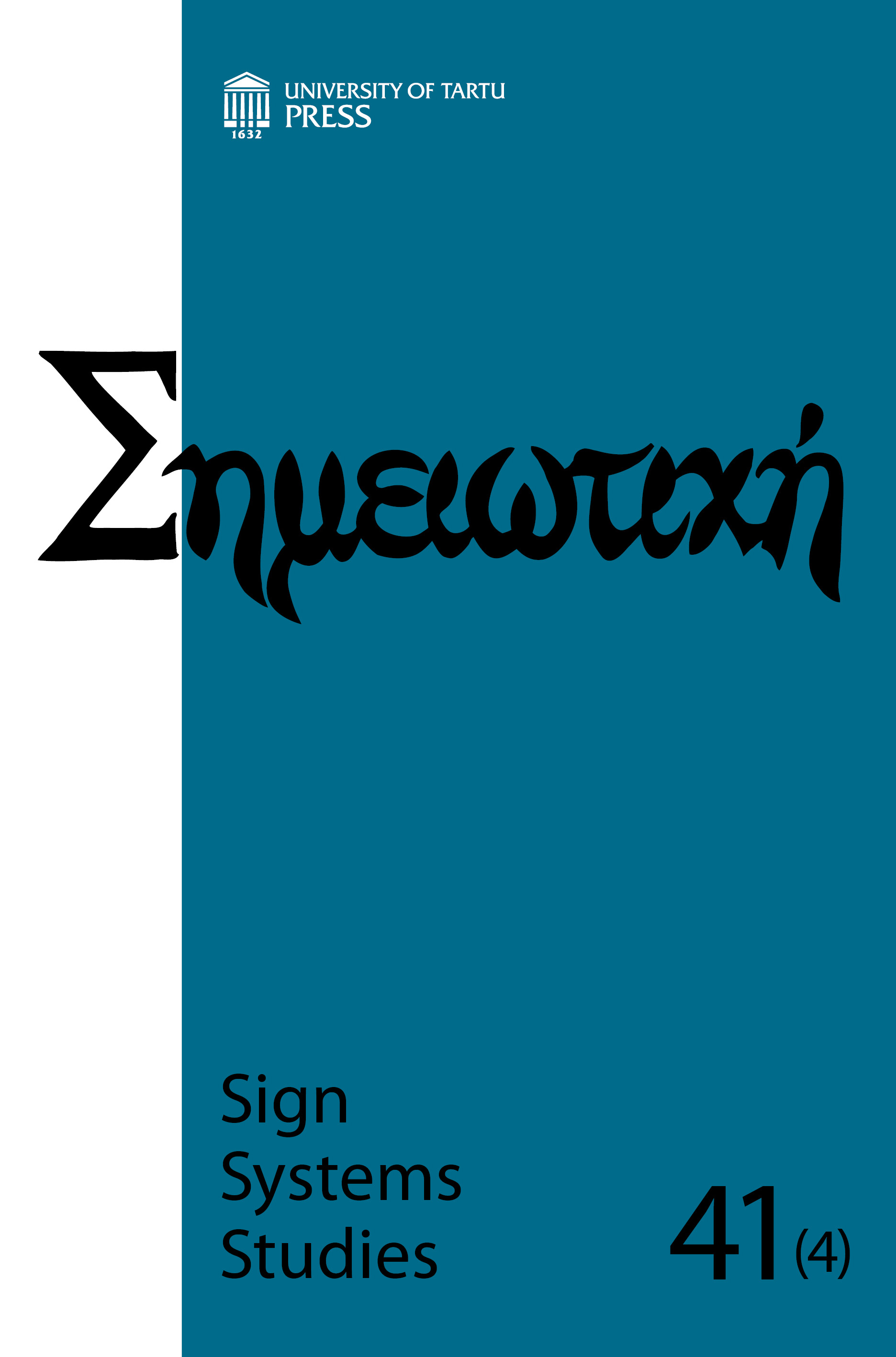Mixing signs and bones: John Deely’s case for global semiosis
DOI:
https://doi.org/10.12697/SSS.2013.41.4.02Keywords:
ontological relation, John Deely, Charles Peirce, semiosis, semiotic conceptsAbstract
The article develops a critique of John Deely’s ontological realism, specifically in its relevance for the project of global semiotics. Deely, whose theorizations rely heavily on the pre-modern philosophical systems of Thomas Aquinas and the Latin scholastics, has made the most sustained attempt to give philosophical grounding to Charles Peirce’s famous intuition that “all this universe is perfused with signs, if it is not composed exclusively of signs”. The critique develops along two main lines. Firstly, I contend that Deely’s account of ontological relations is unsatisfactory, for it assumes the very fact it promises to demonstrate: the identity between patterns of physical events, on one hand, and patterns of thought, on the other. As it is never adequately explained what it means for the former to be identical with the latter, the mediating term – “ontological relation” – remains highly problematic. Secondly, I argue that even if this ontological paradigm is allowed to stand as proposed, it still fails to bridge the gap between the so-called “natural” signs and human-specific, language-based signification; for, as it posits a unity between the stipulable and the non-stipulable sign, the argument falls into a performative contradiction.Downloads
Download data is not yet available.
Downloads
Published
2013-12-17
How to Cite
Petrov, P. (2013). Mixing signs and bones: John Deely’s case for global semiosis. Sign Systems Studies, 41(4), 404–423. https://doi.org/10.12697/SSS.2013.41.4.02
Issue
Section
Articles


